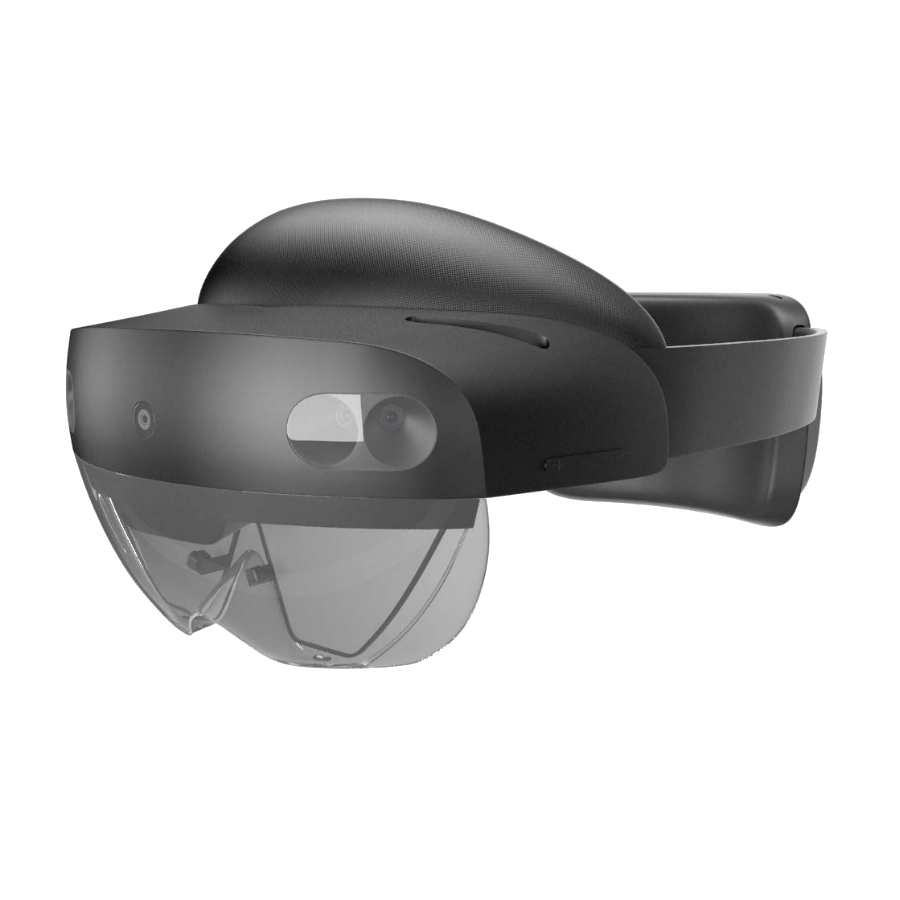Mixed Reality Applications

Using mixed reality (MR) in orthopedic surgery provides several key benefits that enhance both the accuracy and efficiency of surgical procedures. Here are some of the most important advantages:
Some key benefits of using mixed reality include:
- 3D Visualization: Surgeons can visualize patient anatomy, including bones, joints, and tissues, in 3D, providing a more comprehensive view of the surgical area than traditional 2D imaging.
- Augmented Surgical Guidance: MR systems can overlay real-time imaging and virtual models onto the patient’s body, helping surgeons navigate complex anatomy with greater precision.
- Pre-surgical Planning: Surgeons can simulate the surgery before the actual procedure, allowing for more precise planning and reducing the risk of complications.
- Reduced Incision Size: With precise guidance and visualization, MR can enable smaller incisions, leading to less invasive surgeries, quicker recovery times, and less scarring.
- Improved Accuracy: The precise navigation tools help surgeons perform surgeries with pinpoint accuracy, reducing the likelihood of errors.
- Instant Access to Data: Surgeons can access vital patient data, such as MRI and CT scans, intraoperatively without looking away from the surgical field.
- Real-time Adjustments: MR systems can provide immediate feedback, allowing surgeons to make adjustments during the procedure, improving overall outcomes.
- Enhanced Training: Mixed reality can be used to train surgeons in a more immersive, hands-on environment without the need for actual patients, improving skill development.
- Remote Assistance: MR allows experts from different locations to collaborate on surgeries in real-time, offering guidance or performing parts of the surgery remotely.
- Streamlined Procedures: With accurate, real-time visualization and guidance, surgeries can be performed more efficiently, reducing the time spent in the operating room and improving patient throughput.
- Lower Risk of Complications: The precision provided by MR reduces the likelihood of complications, such as incorrect implant placement or surgical errors.
- Faster Recovery: Minimally invasive procedures enabled by MR generally lead to quicker recovery times, less postoperative pain, and shorter hospital stays.
- Customized Implants: MR can be used to design and place customized orthopedic implants more precisely, leading to better fit and function.
- Real-time Implant Tracking: Surgeons can see the implant's placement and orientation in real-time, ensuring optimal alignment and positioning.
- Clearer Communication: MR can help surgeons better explain procedures to patients by showing them 3D models of their anatomy and the planned surgery, increasing patient understanding and confidence.
Overall, the use of mixed reality in orthopedic surgery improves precision, efficiency, and outcomes, making it a valuable tool in the operating room.
